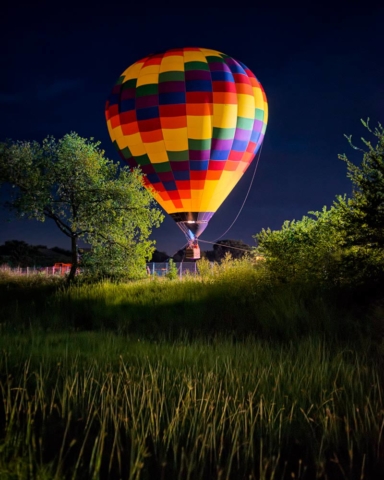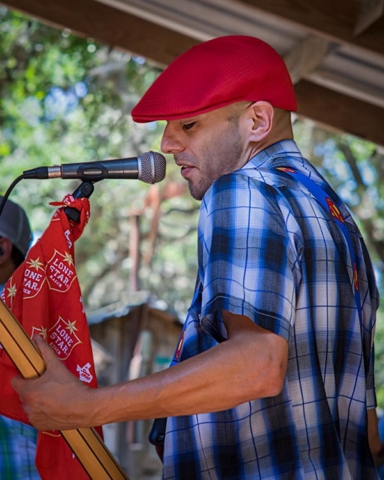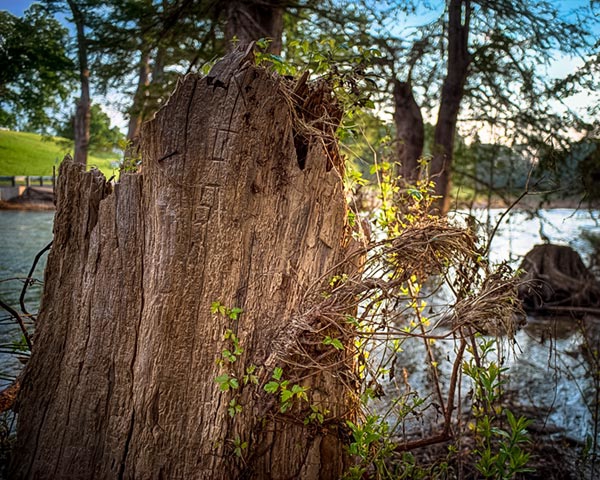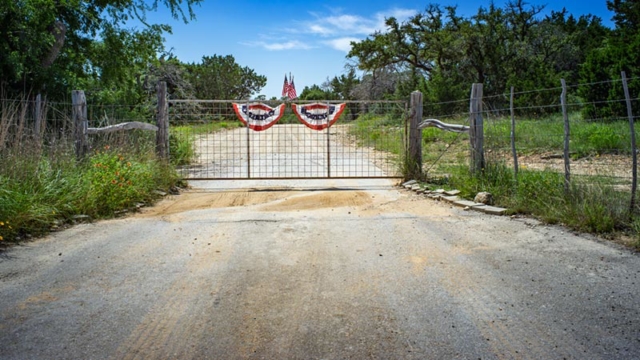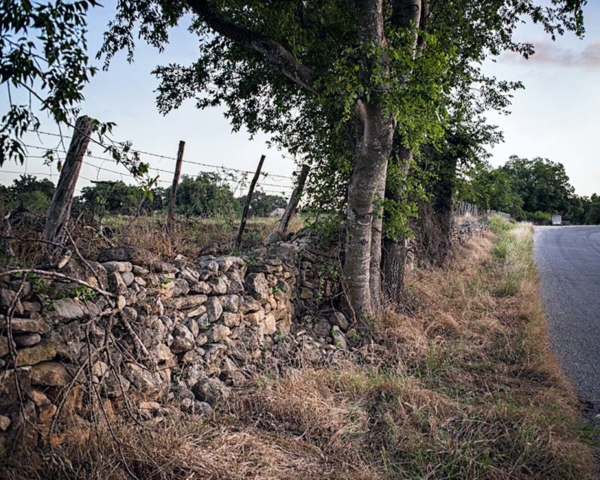 Several years ago there was a lively debate going on about HDR still photography. At the core of the debate were people saying that HDR would never be ‘real’ photography because it was crude, garish and cartoon like. The back and forth was predictable and uninformative because no attention was given to two essential points. First, the raw cartoon appearance of HDR images was largely the result of inadequate software used in ways that were far from subtle. Second, HDR is about digital technology. More than a century of black and white and nearly a century of color still photography taught us to see images in very specific ways. HDR was well outside our normal understanding of what photographs look like.
Several years ago there was a lively debate going on about HDR still photography. At the core of the debate were people saying that HDR would never be ‘real’ photography because it was crude, garish and cartoon like. The back and forth was predictable and uninformative because no attention was given to two essential points. First, the raw cartoon appearance of HDR images was largely the result of inadequate software used in ways that were far from subtle. Second, HDR is about digital technology. More than a century of black and white and nearly a century of color still photography taught us to see images in very specific ways. HDR was well outside our normal understanding of what photographs look like.
It is important to remember that HDR is not a film photography technique. Sure you could bracket and scan several frames to get some sort of increased dynamic range out of film but that seems a ridiculous notion. Photographic film is a legacy medium that should be used to make the best possible chemical based analog images. It should not be used to imitate something else.
The imitation game also applies to digital technology. I happen to enjoy making black and white images using my digital camera. For years I’ve listened to people tell me that digital black and white could never be truly correct because it did not work by exposing light sensitive chemicals smeared on plastic film. Right, I can’t imitate analog silver, platinum or any other oxidized metal salt on paper. Nor do I wish to spend my time imitating analog photography. My goal is to make the best possible black and white images using the digital technology at my disposal. Sometimes that means using HDR to get the best possible images.
Photojournalism feels the pinch
So what happens when photojournalism, which huffs and puffs about standards and integrity, confronts standardized HDR image capture? More to the point, what happens when photojournalists find themselves producing images for display on HDR output technology? Well, then it’s time for a rethink of standards.
If you display images as facsimiles using ink on paper you are fine with the current standards. On the other hand, if your images are used on 4K televisions, you have to compete with 4K HDR video. HDR, unless captured using discreet data streams and created in post process, bakes a certain level of digital manipulation into the output. HDR output requires a reevaluation of what constitutes ‘clean’ source information. Not to mention that as imaging technology evolves so must the standards.
Legacy is fine but technology marches on
The still photography I practice will soon be as much a legacy activity as making images on film. My digital camera is essentially a video camera that is adapted to capture high quality single frames. Once you can get continuous high resolution capture, at whatever frame rate is appropriate, still cameras will be legacy technology. In addition, high resolution wide gamut output screens will pretty much mandate HDR content. It seems likely that HDR will be how we will see the world presented on our entertainment devices. Otherwise it will appear dull and lifeless to modern consumers.
Time to become a fine art photographer
If I want to stay involved with photography in the future as a non-professional then the audience for my work is likely to change. One-off hand crafted images may be thought of more as art in the future. There will always be a place for finely crafted works made by highly skilled individuals. Whether they are made with traditional artist materials, legacy photographic processes or some more modern technology makes little difference. Art is about communicating ideas. The practice of art may be closely tied to a particular medium but ideas are the free currency of creative expression. The opportunity for self expression is always present but the audience must value your work. Otherwise you must be satisfied to make work only for yourself.



